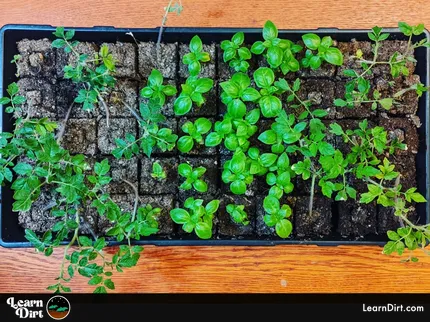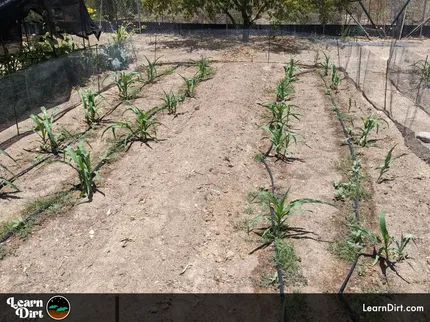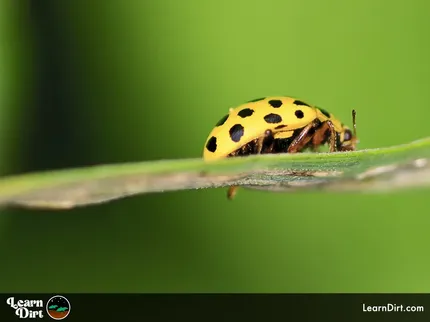Table of Contents
* Our articles never contain AI-generated slop *
Fungi are just as likely to inhabit a garden as plants - maybe moreso. They go under the radar, though, since the majority of the fungal mass lives underground.
Many gardeners find themselves worried when mushrooms pop up in garden beds - but there's no cause for concern. Fungi are a sign that organic matter is being broken down - a precursor to healthy soil.
Fungi have the important job of breaking down and decomposing the organic matter which you mulch with. They're actively working to help convert your garden chop + drop mulch into fresh soil.
Disclaimer: This post may contain affiliate links. Refer to the privacy policy for more information.
Mushrooms also form symbiotic connections with plants to move nutrients in subsoil networks.
Every organic garden relies on mushrooms to help feed plants.
Cultivate Edible Mushrooms Between Garden Beds
Why not grow some edible mushroom varieties and get yourself some delicious food out of the mix?

Almost any organic garden can support culinary mushrooms, and most gardens would benefit from the introduction of some delicious fungi.
Even here in the desert where I live we can grow mushrooms in our gardens and between our garden beds! The caveat being that mushrooms grow best in the low desert during the cool season. While most climates inoculate beds with mushroom spawn in spring, we inoculate in autumn.
That said, even the driest of climates can support mushrooms if you find a way to keep the mushroom bed moist enough.
Join The Grower's Community
A FREE, friendly forum
where you can ask questions,
swap tips, and meet like-minded growers 🌱
Check It Out!
Irrigation here can be a huge help, as is shade cloth and utilizing microclimates under plants which can provide shade.
Fungi cultivators here in the desert will sometimes run drip lines across hay bails, logs, or wood chips to provide enough moisture for the mycelium to colonize and fruit.
How to Inoculate Garden Wood Chips With Mushrooms
Wood chips make a great substrate for wood-loving fungi.
Wood chips are also a go-to choice between garden beds for footpaths.
Great for weed suppression, wood chips break down slowly and help add great soil to your garden over time. Tons of folks choose to use wood chips between garden beds for this reason.
The wood chips are going to be broken down naturally by fungi present in the environment anyway. If you inoculate them with culinary mushrooms, however, you get more food out of the mix!
Whatever type of mushroom you choose, just make sure that they'll grow on wood chips. You can always add straw between your garden beds as well if your chosen variety will grow on straw.
I'd recommend simply crumbling some grain spawn onto your garden paths around the edges and raking it in. This is a simpler way to get started quickly, rather than working with a liquid culture which may be more involved.
Grab something like this, break it up by hand, rake it into your wood chips, and water it a few times. That's it!
That's all for now, thanks for reading!
If you have any questions, comments, or would like to connect with fellow gardeners, head on over to the forum and post there.






















